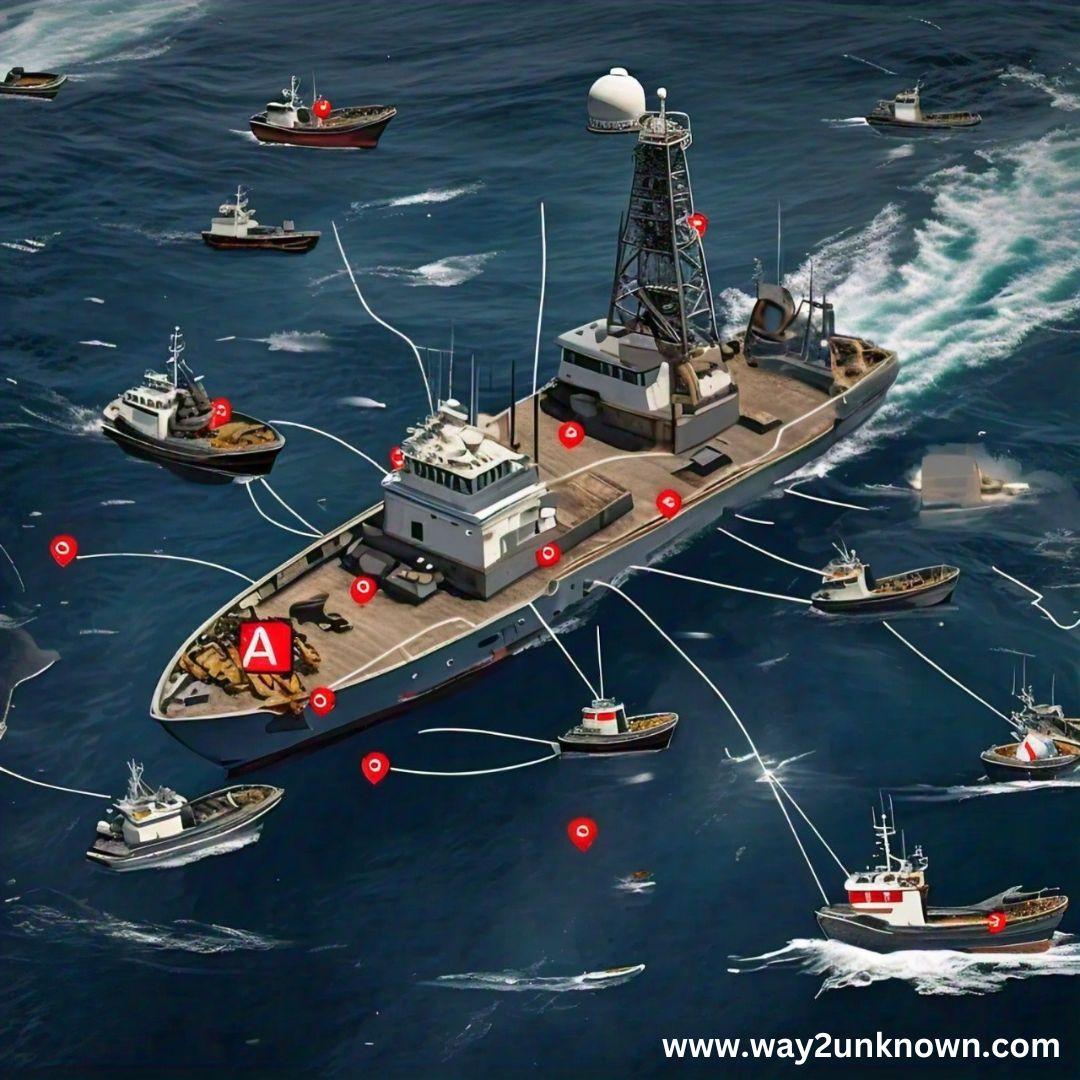Using AI to Track and Combat Illegal Fishing Practices

Illegal fishing practices pose a significant threat to marine ecosystems and the sustainability of global fish stocks. However, advances in Artificial Intelligence (AI) offer promising solutions to combat these activities by improving surveillance and enforcement. AI technology can integrate data from various sources, including satellite imagery, drones, and vessel tracking systems, to monitor vast ocean areas more efficiently than traditional methods. By analyzing patterns and anomalies in the data, AI algorithms can identify suspicious behavior that may indicate illegal fishing, such as vessels turning off their transponders or operating in restricted zones.
One of the most significant advantages of using AI in this context is its ability to handle and process large volumes of data quickly. Traditional monitoring systems may struggle to keep up with the sheer scale of the oceans, but AI's computational power enables it to copy and analyze data in real time. This real-time analysis is crucial for responding to illegal activities as they occur, allowing authorities to take swift action and reduce the chances of offenders evading capture.
Moreover, AI systems can be trained to recognize specific patterns of illegal fishing, making them more accurate and reliable than human observers. These systems can distinguish between legal and illegal activities, even when the differences are subtle. For instance, AI can detect changes in a vessel's behavior, such as sudden speed increases or course deviations, that might signal an attempt to avoid detection. The strident approach of AI in these operations ensures that illegal practices are identified and addressed more effectively.
In conclusion, integrating AI into the fight against illegal fishing offers a powerful tool for conservation efforts. By enhancing monitoring capabilities, providing real-time data analysis, and improving the accuracy of detection, AI plays a crucial role in protecting marine life and ensuring the long-term sustainability of our oceans.